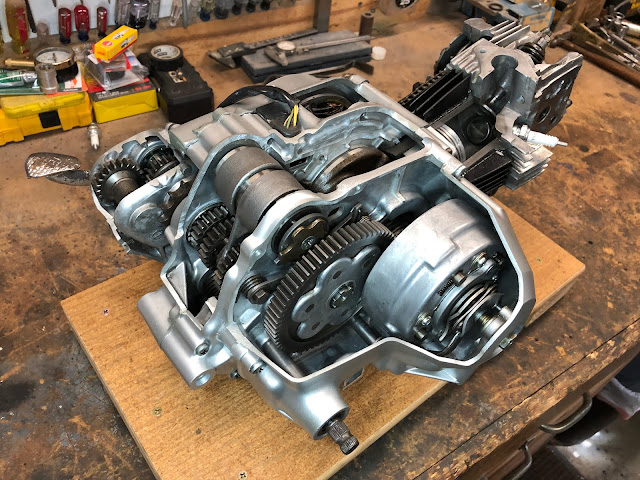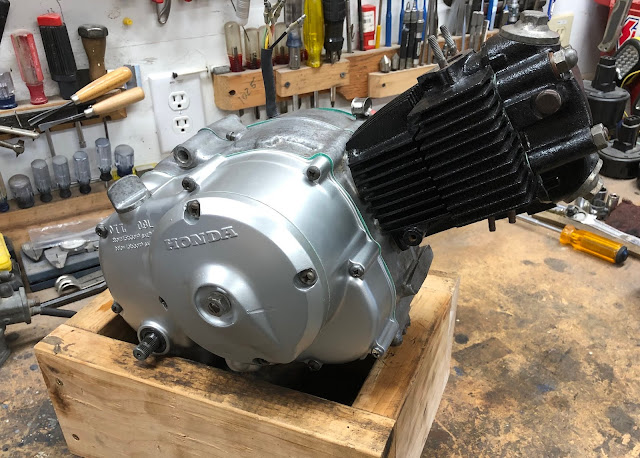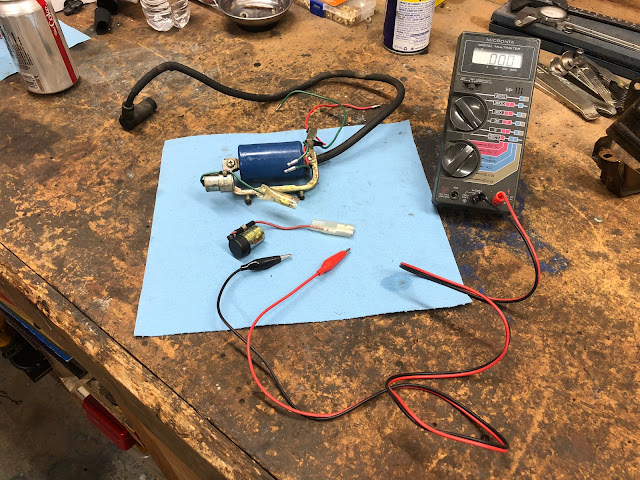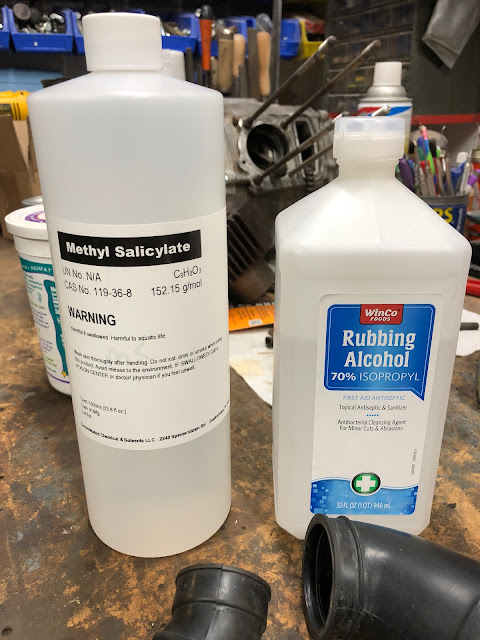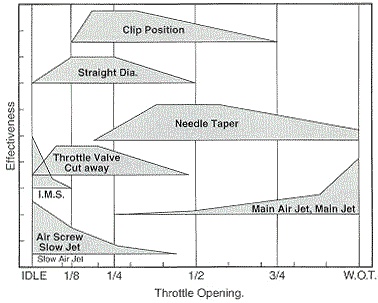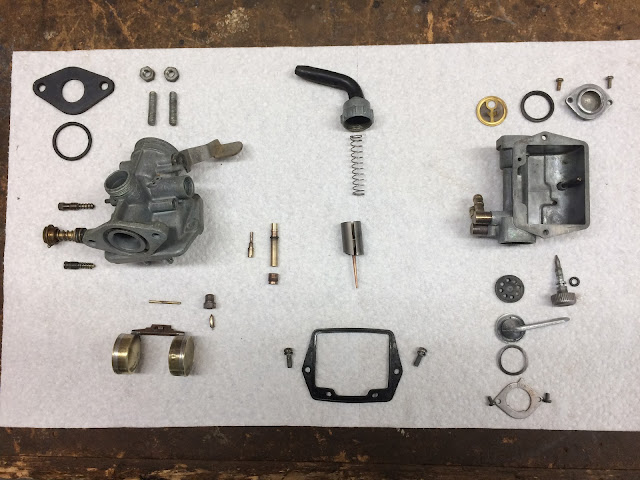Registering a Small Motorcycle in the State of Vermont

Registering a Honda CT90 in Vermont This post shares in detail my experience in going through the process to register a Honda CT90 in the state of Vermont and then take that registration and use it to get a title here in the state of Washington. I'll explain the process and then share actual copies of the my completed application and what I received back from the Vermont DMV. I have purchased a number of CT90's that didn't have a title and with the ones that I planned on keeping, I have gone through the "Ownership in Doubt" process here in Washington State that enables you to register and license the bike so you can take it on the road, but there is a long delay in being able to obtain a title. While the process works, it isn't cheap, and you have to go through a three year waiting period before being able to apply for an official title. The three years is supposedly to allow time for a previous owner to come out of the woodwork and claim the bike. I
